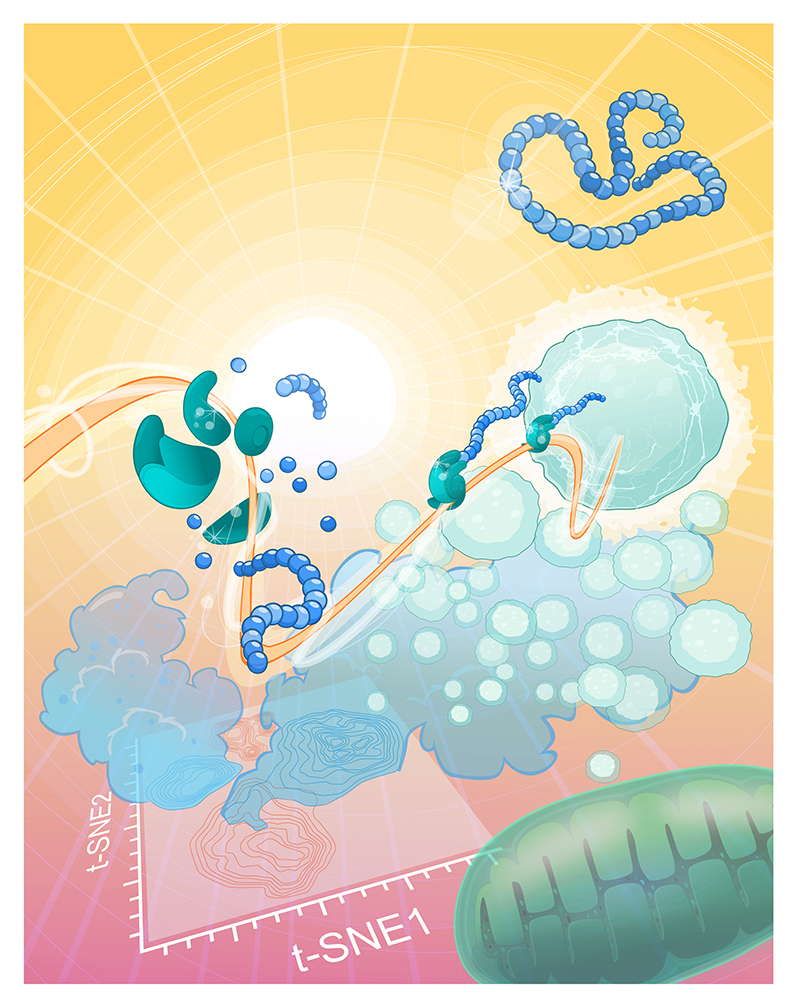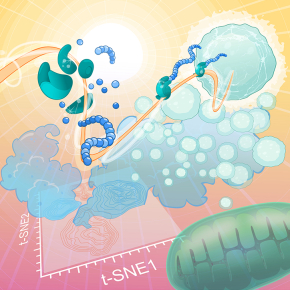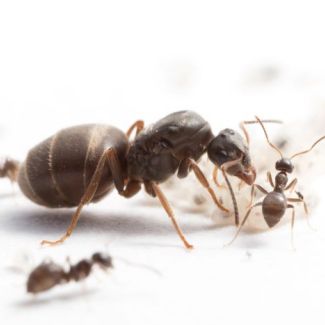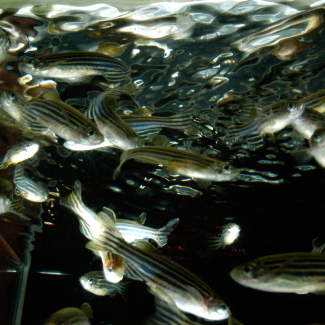
Deciphering the energetic code of cells for better anticancer therapies
A procedure that may help personalise anticancer therapies has just been developed by the CNRS, INSERM, and Aix-Marseille University scientists at the Centre d’Immunologie de Marseille-Luminy, in association with colleagues from the University of California San Francisco and the Marseille Public University Hospital System (AP-HM), with support from Canceropôle Provence–Alpes–Côte d’Azur. Their patented technique1 reveals the energy status of cells, an indicator of their activity. It is presented in Cell Metabolism (1 December 2020).
- 1SCENITH: Single Cell ENergetIc metabolism by profilIng Translation inhibition. Patent: PCT/EP2020/060486
Immunotherapies are a promising anticancer arsenal and work by mobilizing the immune system to recognize and destroy cancer cells.2 Currently, however, only a third of patients respond to immunotherapies: the tumour environment can be hostile to immune cells, depriving them of their source of energy, which diminishes treatment efficacy. The energy status of the various types of immune cells is a marker of their activity, and particularly of their pro- or antitumour action. To boost the effectiveness of immunotherapies, it is thus essential to have a simple method for characterising the energy profiles of immune cells from tumour samples.
SCENITH1 is just such a method. Developed by scientists working in Marseille and San Francisco, it identifies energy sources on which the different cells in the tumour are dependent and, most importantly, the specific needs of immune cells in this hostile environment. It uses the level of protein synthesis, a process responsible for half of cellular energy consumption, as an indicator of a cell’s energy status. The biopsy sample is separated into subsamples that are each treated with an inhibitor of a metabolic pathway through which cells produce energy. Levels of protein synthesis are then measured using a flow cytometer,3 which also makes it possible to differentiate types of cells in the sample and identify cell surface markers targeted by therapies. The SCENITH method thus identifies the energy status of each immune or cancer cell within the tumour, its energy sources, and the metabolic pathways it relies upon.
The scientists behind SCENITH have already begun working with clinical research teams to better understand how it might be used to predict patient treatment response.4 They seek further collaborations of this kind to determine profiles associated with different responses to immuno- and chemotherapy. SCENITH seeks to enable personalised treatment for each patient that exploits the strengths of the immune response and the weaknesses of the tumour.
The SCENITH project received support from Canceropôle Provence–Alpes–Côte d’Azur, the French National Cancer Institute (INCa), France’s Sud regional authority, and INSERM Transfert.
Find out more:
- www.scenith.com
- Video explaining how SCENITH works.

- 2The 2018 Nobel Prize in Physiology or Medicine was awarded for the discovery of immunotherapeutic mechanisms. Find out more about immunotherapy: https://news.cnrs.fr/articles/cancer-the-immunotherapy-revolution.
- 3A flow cytometer is an apparatus that can be used to evaluate each sample cell’s size or shape, or any other cell component or function affecting the intensity of the fluorescent stains employed.
- 4Lopes N, et al. Metabolism and function of γδ T cell subsets in the tumour microenvironment. Nature Immunology (In press).
SCENITH: A flow cytometry based method for functional profiling energy metabolism with single cell resolution, Rafael J. Argüello, Alexis J. Combes, Remy Char, Julien-Paul Gigan, Ania I. Baaziz, Evens Bousiquot, Voahirana Camosseto, Bushra Samad, Jessica Tsui, Peter Yan, Sebastien Boissonneau, Dominique Figarella-Branger, Evelina Gatti, Emeline Tabouret, Matthew F. Krummel et Philippe Pierre, Cell Metabolism, 1st December 2020. DOI: 10.1016/j.cmet.2020.11.007.


